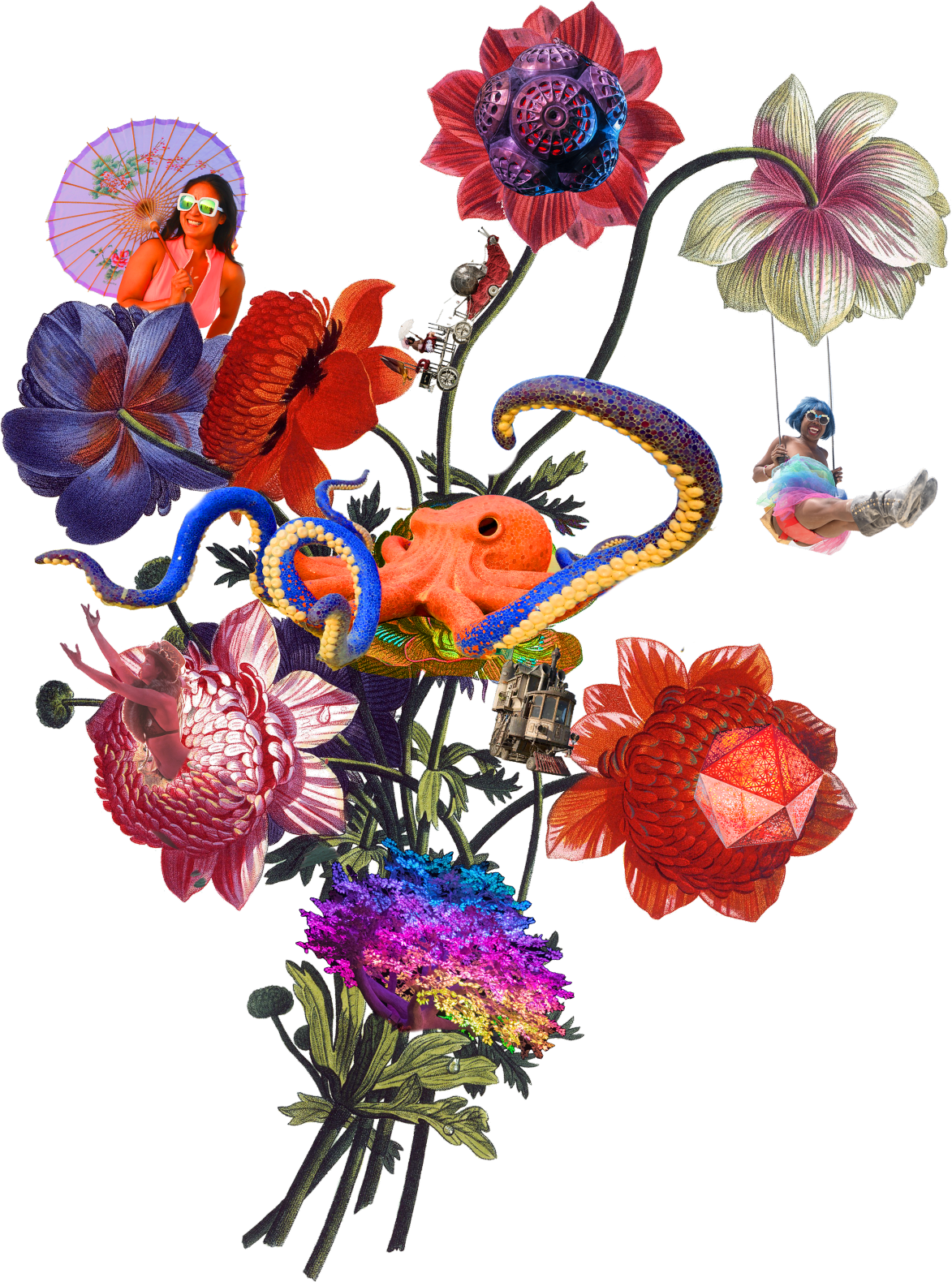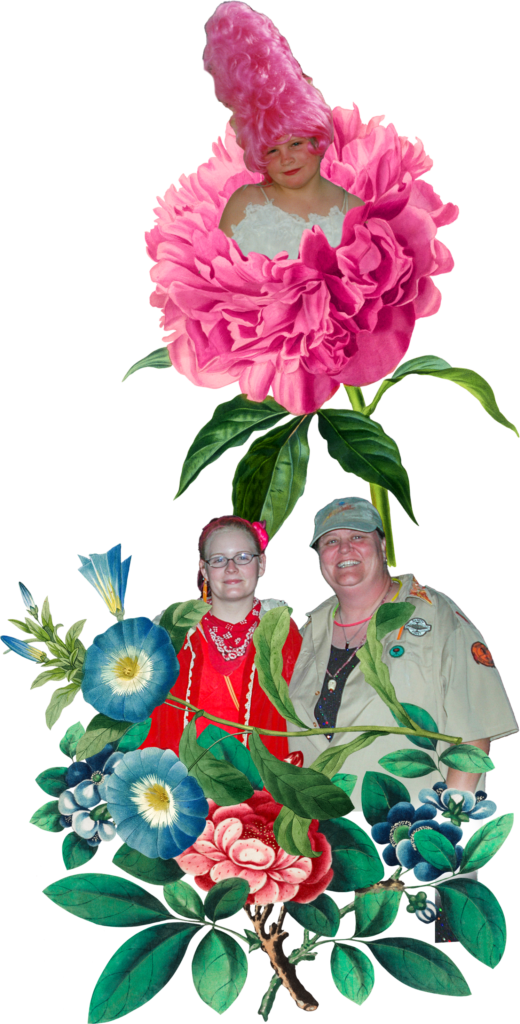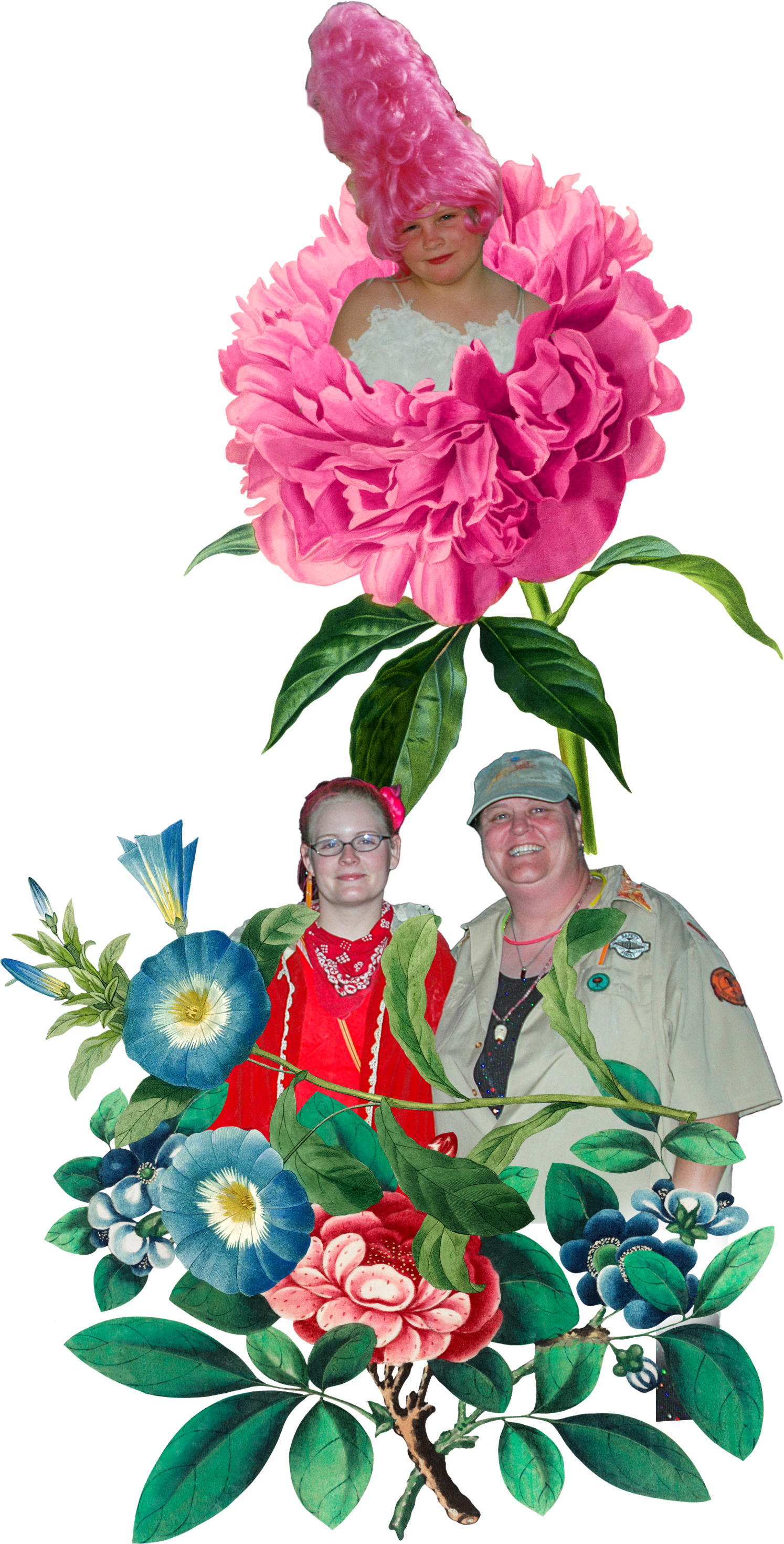Home

“You have to contemplate the past, and you have to look toward the future with an open heart in order to be in the present.”
– Larry Harvey

mission
The mission of Burning Man Project is to facilitate and extend the culture that has issued from the Burning Man event into the larger world.
vision
Burning Man Project will bring experiences to people in grand, awe-inspiring, and joyful ways that lift the human spirit, address social problems, and inspire a sense of culture, community, and civic engagement.
This one time, at burning man…
It was 1995; I was five years old, and my mom drove us to the middle of nowhere in Nevada in a blue station wagon packed with standard camping gear, her gardening tarps, and an excessive number of lawn chairs. We were going to some kind of art party called Burning Man.
After driving north on the Black Rock Desert for 15 minutes at 60 mph, per the instructions of the man who took our ticket, we found the campout in a mirage of dust.
So much room to wander in! During set up, my mom quickly realized we needed to construct some kind of shade, and tried hanging a tarp from the car to the tent. It wasn’t going well. I saw some nearby campers had an absurd number of fence poles. Behind my mom’s back, I dragged two of our lawn chairs over there and brokered a deal. By the end of the day we had excellent gardening tarp shade thanks to their poles, and they had lawn chairs to sit in around their fire.
That was our first lesson in the community that Burning Man builds. Through working together, sharing resources, asking for help when we needed it and changing our plans to fit new needs, we made it through that first year in Black Rock City, and every year since.
Burning Man may call itself an experiment in temporary community, but the connections are real and ongoing, vibrant and alive year round. We’re now a Burner family three generations strong, and part of this tight-knit network that participates, volunteers, and supports each other and our broader community using the tools we’ve gained in Black Rock City. My mom, now “Grammy,” my wife and our six-year-old, and the rest of our Burner family will be heading back out to the desert again this year.
Thanks, Larry.
We are Burning Man, and so are you.
Lulu Lurline(23 Burns)
Daughter of Molly Vikart (25 Burns)

